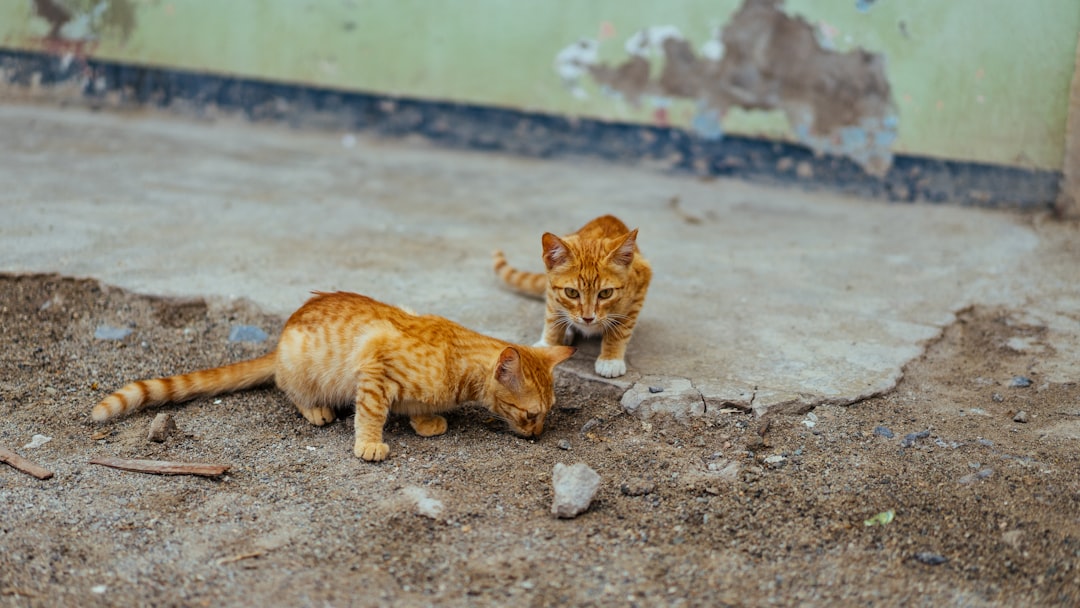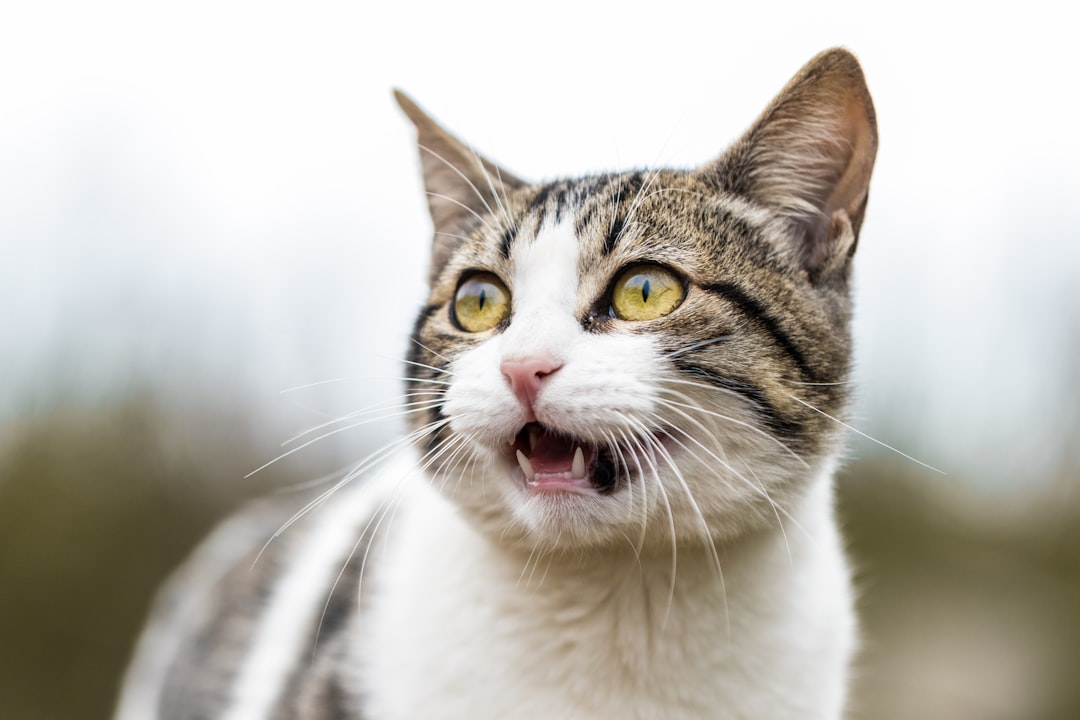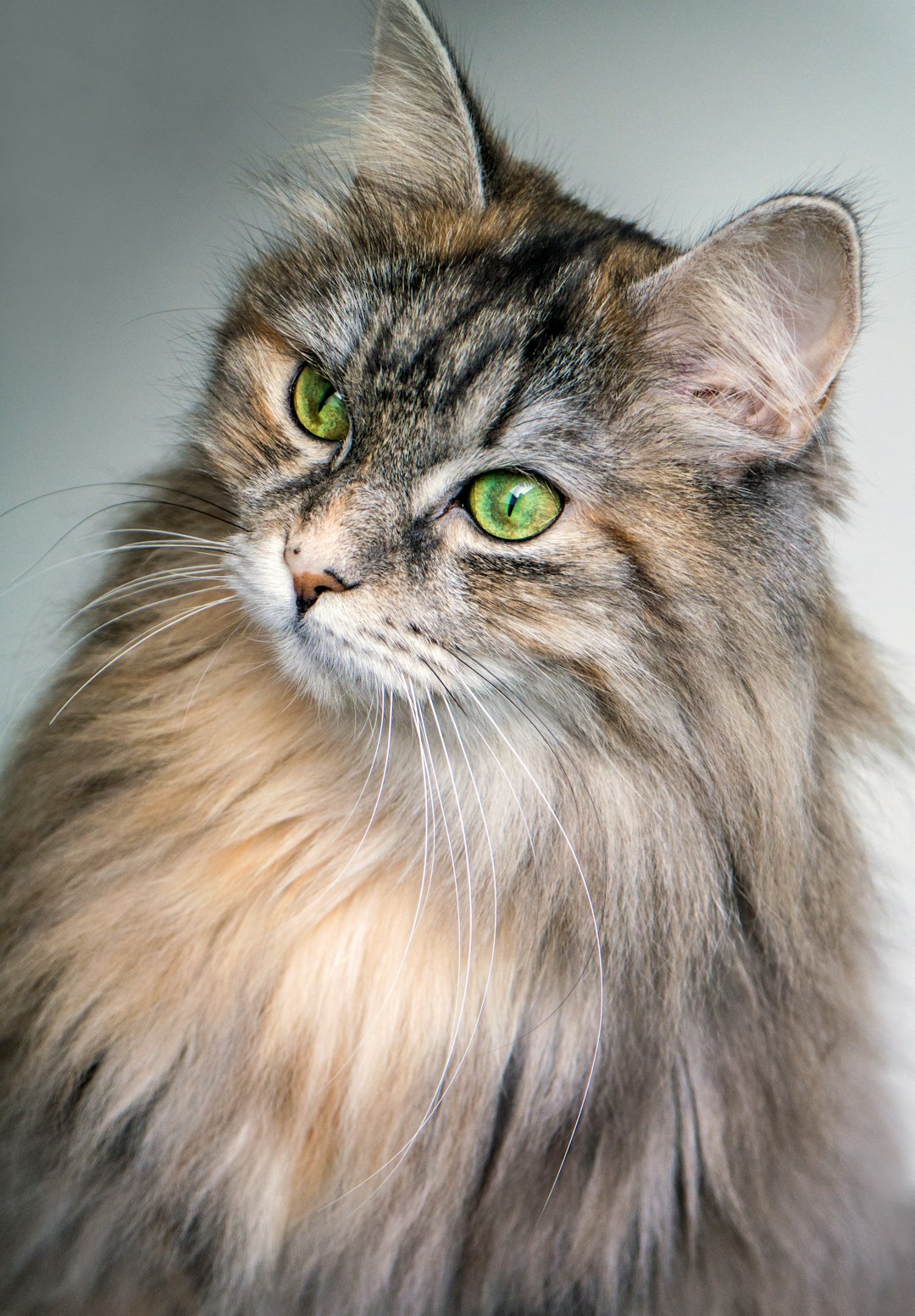Selecting the best kitten food is crucial for your feline’s growth and development. Kittens have unique nutritional requirements that differ significantly from adult cats. Understanding the balance of proteins, fats, and carbohydrates, along with essential vitamins and minerals, ensures your kitten receives optimal nutrition. Furthermore, choosing the right type of food and learning to read pet food labels can help you make informed decisions. By focusing on these key aspects, you can support your kitten’s health and happiness as they transition through their early life stages.
Understanding Kitten Nutritional Needs
Kittens require a specific diet to support their rapid growth and development. Their nutritional needs differ significantly from those of adult cats. Here are the key components to consider when selecting kitten food:
High Protein Content: Kittens need a minimum of 30-40% protein in their diet. This nutrient supports muscle development and energy levels. Look for kitten food rich in animal proteins such as chicken or fish.
Healthy Fats: Essential fatty acids play a vital role in brain development and overall health. Aim for a fat content of around 15-25% in the kitten food to provide adequate energy and support healthy skin and coat.
Limited Carbohydrates: Unlike adult cats, kittens require fewer carbohydrates. Their diet should contain no more than 10-15% carbohydrates. High-quality kitten food will prioritize proteins and fats while minimizing fillers.
Water: Cats often don’t drink enough water. Wet kitten food can be beneficial to keep them hydrated while providing essential nutrients.
By understanding these nutritional needs, you can choose the right kitten food to ensure optimal growth and health for your furry friend.
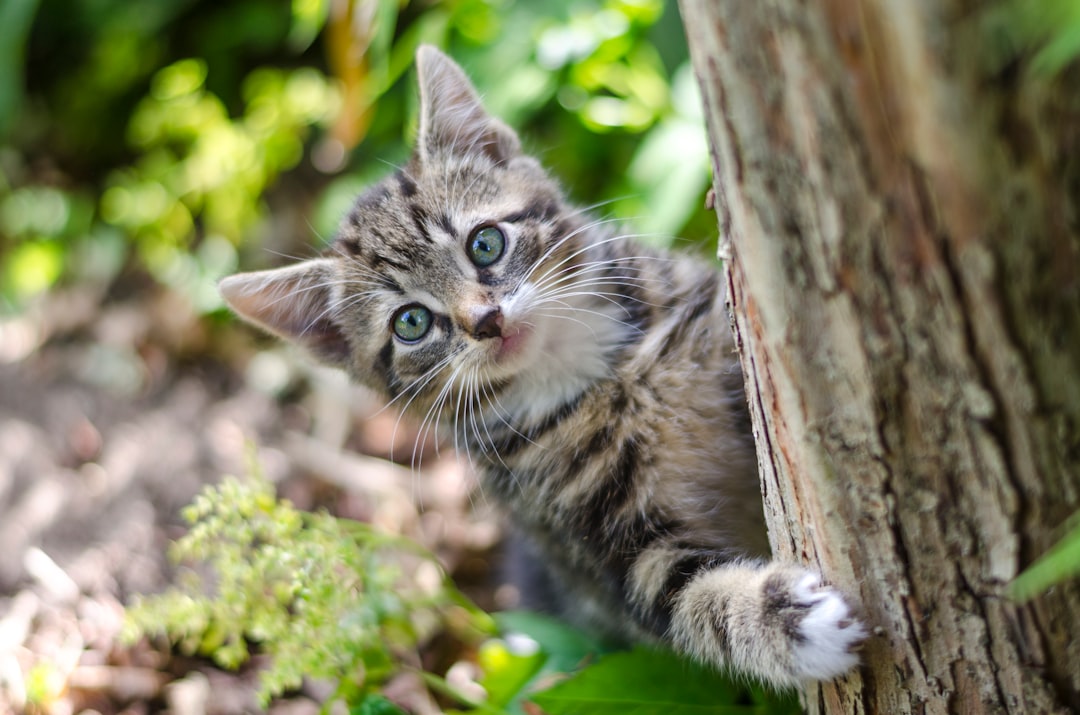
Macronutrients: Proteins, Fats, and Carbohydrates
When selecting the right kitten food, understanding macronutrients is crucial. Kittens require a balanced diet rich in proteins, fats, and carbohydrates to support their growth and development.
1. Proteins
- Importance: Essential for building muscles and supporting overall growth.
- Sources: Look for high-quality animal-based proteins like chicken, turkey, and fish.
- Recommended Amount: Kittens should consume around 30-40% protein in their diet.
2. Fats
- Importance: Fats provide energy and help absorb fat-soluble vitamins.
- Sources: Opt for sources like fish oil or chicken fat.
- Recommended Amount: Aim for 15-25% fats to ensure healthy skin and a shiny coat.
3. Carbohydrates
- Importance: Provide additional energy and support digestive health.
- Sources: Incorporate whole grains and vegetables, but they should not be the main component of your kitten food.
- Recommended Amount: About 5-10% carbohydrates are ideal.
In summary, a good kitten food should have a well-balanced mix of these macronutrients. Prioritizing high-quality ingredients ensures optimal health for your growing feline friend.
Essential Vitamins and Minerals for Kittens
A well-balanced kitten food not only provides macronutrients but also essential vitamins and minerals that support your kitten’s growth and development. Here are key nutrients to include:
- Vitamin A: Crucial for vision, skin health, and immune function. It helps in the proper growth of kittens.
- Vitamin D: Supports calcium absorption, essential for strong bones and teeth.
- Vitamin E: Acts as an antioxidant, benefiting the immune system and promoting skin health.
- Vitamin B Complex: Aids in energy metabolism and supports a healthy nervous system.
Minerals are equally important:
| Mineral | Function |
|---|---|
| Calcium | Vital for developing strong bones and teeth. |
| Phosphorus | Works with calcium to build bone structure. |
| Iron | Essential for oxygen transport in the blood. |
| Zinc | Supports immune function and skin health. |
When selecting kitten food, always look for a formula that includes these vital nutrients. Ensuring a comprehensive nutrient profile establishes a solid foundation for your kitten’s health.
Choosing the Right Type of Kitten Food
Selecting the appropriate kitten food is crucial for your furry friend’s growth and development. Here are the main types of kitten food to consider:
Dry Food (Kibble)
- High in carbohydrates.
- Helps with dental health.
- Convenient and cost-effective.
Wet Food (Canned)
- Higher moisture content supports hydration.
- Usually more palatable and appealing to kittens.
- Great for picky eaters.
Raw Food
- Mimics a natural diet, promoting natural behaviors.
- Requires careful handling and preparation.
- A commitment to raw feeding is essential.
When choosing the right type of kitten food, consider the following:
| Feature | Dry Food | Wet Food | Raw Food |
|---|---|---|---|
| Nutritional Balance | High Carb | High Protein | Balanced Protein |
| Hydration | Low | High | Varies |
| Storage | Easy | Refrigerate | Requires care |
Ultimately, observe your kitten’s preferences, energy levels, and overall health. Adjust accordingly, and remember that a veterinarian can provide valuable insights tailored to your kitten’s specific needs. By making informed choices, you help ensure a happy, healthy, and vibrant life for your little companion.
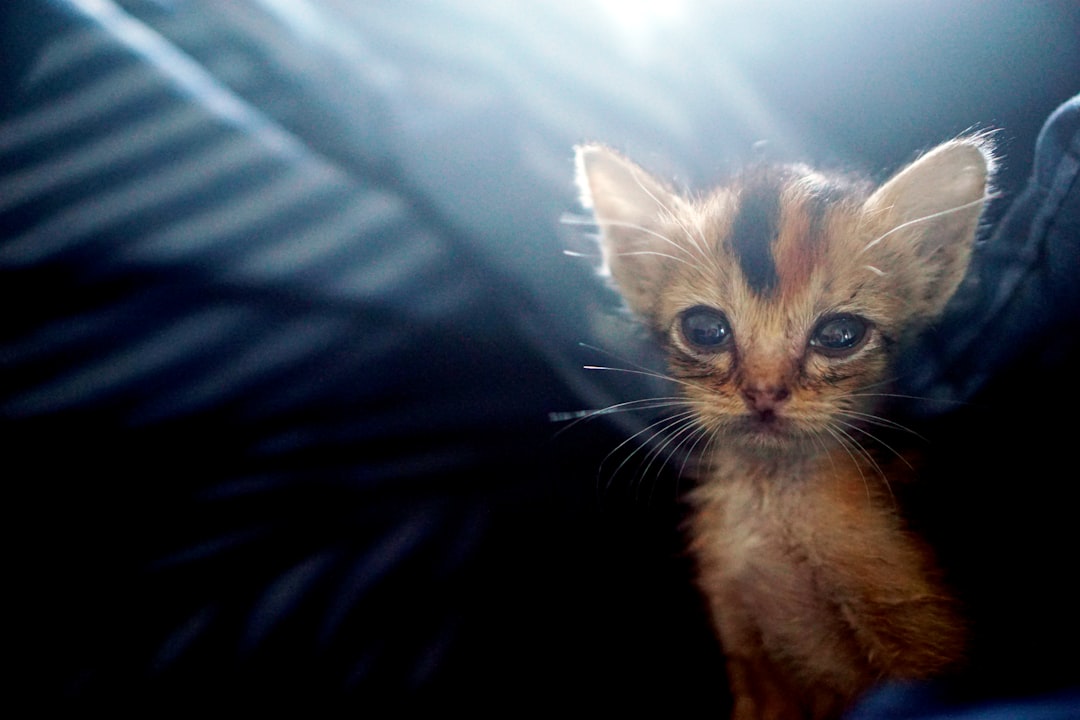
Reading and Interpreting Pet Food Labels
Understanding pet food labels is crucial when selecting the right kitten food. These labels provide insights into the nutritional content and quality of the food. Here’s how to effectively read and interpret them:
Guaranteed Analysis: This section lists the minimum percentages of crude protein and fat and the maximum percentages of fiber and moisture. Look for kitten food with at least 30% protein to support growth.
Ingredients List: Ingredients are listed in descending order by weight. Ideally, the first ingredient should be a high-quality protein source, like chicken or fish.
Life Stage Statement: Ensure the label specifies "kitten" or "growth" to confirm the food meets the specific nutritional needs for kittens.
AAFCO Statement: Verify if the food meets guidelines set by the Association of American Feed Control Officials (AAFCO), indicating it is nutritionally complete for kittens.
Nutritional Additives: Check for essential vitamins and minerals, such as taurine and omega fatty acids, crucial for a kitten’s development.
By carefully evaluating kitten food labels, you can confidently choose a balanced diet tailored to your kitten’s needs.
The Importance of Life Stage Nutrition
Choosing the right kitten food goes beyond mere ingredients; it must consider the life stage of your feline friend. Kittens are in a critical growth phase, requiring specific nutrients for their development. Here’s why life stage nutrition is essential:
Rapid Growth: Kittens grow quickly—gaining weight and increasing muscle mass. Hence, their kitten food must provide high levels of protein and fat to support these needs.
Energy Requirements: Kittens have higher energy needs than adults due to their playful nature. Look for foods that offer concentrated calories to keep up with their activity levels.
Immune Support: A well-balanced diet plays a vital role in strengthening a kitten’s immune system. Nutrients like vitamins A, E, and zinc can bolster health during this vulnerable stage.
Comparison of Life Stage Nutritional Needs
| Nutrient | Kittens | Adults |
|---|---|---|
| Protein | High | Moderate |
| Fat | High | Lower |
| Carbohydrates | Lower | Moderate |
| Essential Vitamins | High | Moderate |
By understanding these unique requirements and selecting appropriate kitten food, you pave the way for a healthy life for your growing pet. Always prioritize age-specific formulations to meet their needs.
Common Ingredients to Avoid in Kitten Food
When selecting kitten food, being aware of potentially harmful ingredients is crucial for your kitten’s health. Certain additives can lead to nutritional imbalances or long-term health issues. Here’s a list of key ingredients to avoid:
- Artificial Preservatives: Ingredients like BHA, BHT, and ethoxyquin may pose health risks.
- Meat By-Products: These can contain low-quality protein and unwanted parts of the animal.
- Fillers: Ingredients such as corn and wheat often serve as fillers and provide minimal nutritional value. Instead, opt for high-quality protein sources.
- Excessive Grain: While some grains can be beneficial, a high grain content can lead to obesity and digestive issues.
- Sugars and Sweeteners: Added sugars can lead to dental issues and obesity.
Always read the labels meticulously. A quality kitten food should prominently feature high-quality protein as the first ingredient. Furthermore, make sure it meets established nutritional as well as AAFCO guidelines for growing kittens. Prioritizing these aspects helps ensure your kitten receives the best start possible.

Consulting Your Veterinarian for Personalized Advice
When selecting the best kitten food, it’s crucial to involve your veterinarian. Their expertise can tailor dietary choices to your kitten’s unique health needs. Here’s how you can maximize this invaluable resource:
Initial Health Assessment: Upon adopting your kitten, have a vet conduct a full health check. This will help identify any specific dietary needs.
Dietary Recommendations: Based on your kitten’s age, breed, and lifestyle, your veterinarian can recommend the most suitable kitten food options that meet nutritional requirements.
Monitor Growth and Development: Regular check-ups allow your vet to monitor your kitten’s growth, ensuring they receive adequate nutrition. They can suggest adjustments in food types or portion sizes as needed.
Allergies and Sensitivities: Should your kitten show signs of allergies or digestive issues, your vet can guide you in choosing hypoallergenic options or diet modifications.
Incorporating your veterinarian’s input into your feeding strategy ensures you provide balanced kitten food, promoting health and happiness for your furry friend!
Frequently Asked Questions
What should I look for in kitten food ingredients?
When selecting kitten food, it’s crucial to prioritize high-quality ingredients that support your kitten’s growth and development. Look for animal protein sources as the first ingredient, such as chicken or fish, which provide essential amino acids. Additionally, ensure that the food includes a balance of carbohydrates, fats, vitamins, and minerals. The formula should also be free from fillers, artificial preservatives, and by-products. Checking for labels indicating it meets AAFCO standards for growth and reproduction will further ensure its nutritional adequacy.
How much food should I feed my kitten?
The quantity of food to offer your kitten can vary based on their age, weight, and activity level. Generally, it is recommended to follow the feeding guidelines on the kitten food packaging as a starting point, which usually suggest feeding smaller meals multiple times a day. For a typical kitten, around ¼ to ½ cup of dry food per day is common, but adjust as needed based on your kitten’s growth rate and veterinarian recommendations. Regular weighing and monitoring their body condition can help determine if you are feeding the appropriate amount.
What is the difference between wet and dry kitten food?
Wet kitten food is typically canned and contains a higher moisture content, which can be beneficial for hydration and urinary tract health. It is often more palatable and appealing to picky eaters. On the other hand, dry kitten food, usually in kibble form, tends to be more convenient, easier to store, and often less expensive. Both types can provide complete nutrition if formulated for kittens, but many pet owners choose to mix both to combine benefits, such as moisture from wet food and the dental benefits associated with dry food.
Can I switch my kitten’s food, and how should I do it?
Yes, changing your kitten’s food can be necessary as they grow older or if specific dietary needs arise. However, it’s essential to switch food gradually to prevent digestive upset. Start by mixing a small amount of the new food with the current food, gradually increasing the proportion of the new food over 7 to 10 days. Monitor your kitten for any signs of gastrointestinal issues, such as diarrhea or vomiting, and consult your veterinarian if any problems arise during the transition.

